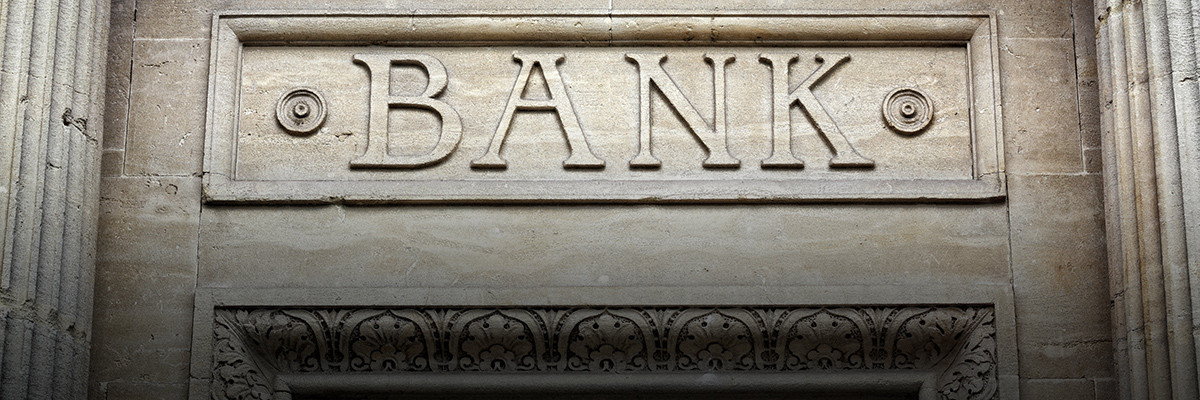
Authors
-
Charlotte Bancilhon
Former Director, Sustainability Management, BSR
It is estimated that the Sustainable Development Goals (SDGs), adopted in late 2015, will cost between US$90 trillion and US$120 trillion by 2030. In this light, there is no doubt that the financial services industry has a role to play in funding the objectives. There are many opportunities for investors and banks to fund the SDGs, and in the past year, banks and other companies have explored what these global goals mean to them.
The 17 goals provide a useful reference for banks and other financial services companies to understand and measure how they contribute to sustainable development. Financial services companies, including institutional investors, banks, and credit card companies, should look at how to integrate the SDGs into communications, stakeholder engagement, goal setting, impact measurement, and partnerships.
All 17 of the SDGs require funding. But with 169 targets, the goals are not easy to navigate. To address this, financial services companies can choose to focus commitments on a small number of goals on which they have the most impact. These are the goals closest to their core business—rather than niche business, internal efforts, or philanthropic efforts—and that represent an opportunity, such as funding affordable and clean energy (Goal 7), rather than managing a risk, such as ensuring investments do not harm the oceans (Goal 14). Following a review of what financial services companies are currently focusing on, we found that the most relevant SDGs for the financial services sector are Goal 1 (no poverty), Goal 5 (gender equality), Goal 8 (decent work and economic growth), and Goal 13 (climate action).
In the past year, some financial services companies have used the SDGs to communicate, engage, set new goals, measure impact, and build new partnerships. Financial services companies should think about how to integrate the goals into these five areas:
- Communications: The SDGs provide a framework to communicate on how financial services companies contribute to economic development and the creation of jobs. For instance, MasterCard communicates on how its core business supports and advances five specific SDGs. And Credit Suisse published a paper on how it contributes across the SDGs with case studies on four specific goals.
- Engagement: Banks can use the global goals as a platform to engage stakeholders—including staff, clients, regulators, and NGOs. For example, Standard Chartered launched a campaign to raise awareness among employees and clients about the SDGs. Credit Suisse held workshops in Zurich and Hong Kong with government agencies, development banks, and civil society to identify priorities for action.
- Goal setting: Some investors and banks are using the SDGs to set new goals. The Dutch Pension funds PGGM and ABP have set ambitious targets to invest €58 billion in investments that support the SDGs by 2020. BNP Paribas tracks the percentage of corporate loans granted to businesses that made a specific contribution to the SDGs and has a goal to maintain this key performance indicator at 15 percent for the next three years.
- Impact measurement: Additionally, the goals provide a proxy for measuring impact. For instance, when MasterCard sets out to reach 500 million people previously excluded from financial services by 2020, it helps to know that Goal 1 specifies that it hopes to ensure 2 billion unbanked people receive a bank account. Investors should be wary of the risk of “SDG-washing,” if they are too quick to label funds as supporting the goals, without measuring impacts. Investors should have clear common guidelines on what constitutes an SDG investment and should measure the impacts of their investments.
- Partnership building: Partnerships are key to the success of the SDGs. The goals can help galvanize a broader community and bring new partners to the table such as governments, multilateral institutions, and clients. For example, a MasterCard partnership with UN Women aims to drive financial inclusion of women. With its pilot in Nigeria, the partnership will provide half a million Nigerian women with identification cards that include electronic payment functionality. Barclays has built longstanding innovative partnerships with clients such as GSK and NGOs such as Care International to support access to healthcare and financial services.
The SDGs represent a strong framework for companies to use in defining sustainable development commitments. Banks and other companies should seize the opportunity to align their business strategies to the goals. This also includes moving beyond the important first step of communicating on what a company is doing to setting new commitments on investing in sustainable development solutions and measuring the impact of these investments.
Topics
Let’s talk about how BSR can help you to transform your business and achieve your sustainability goals.







